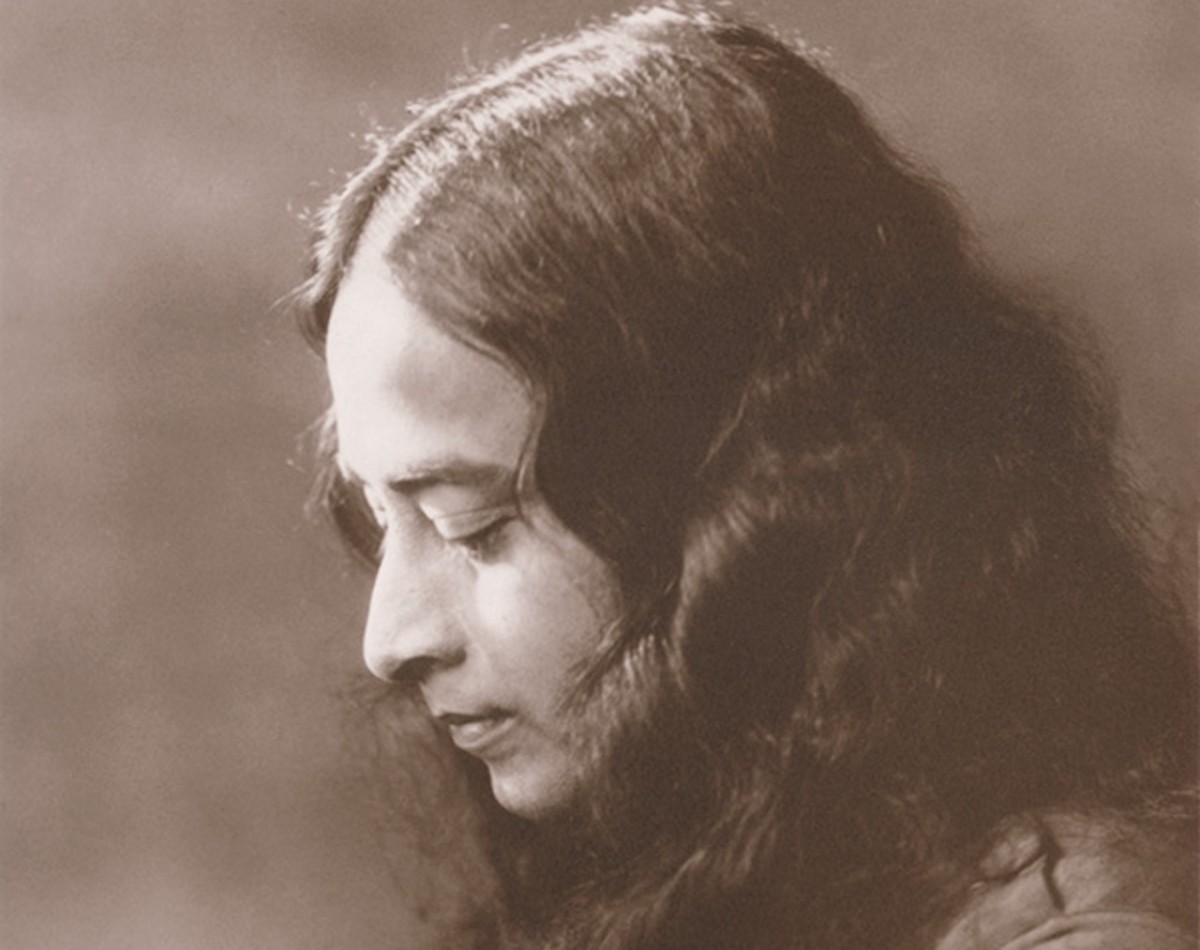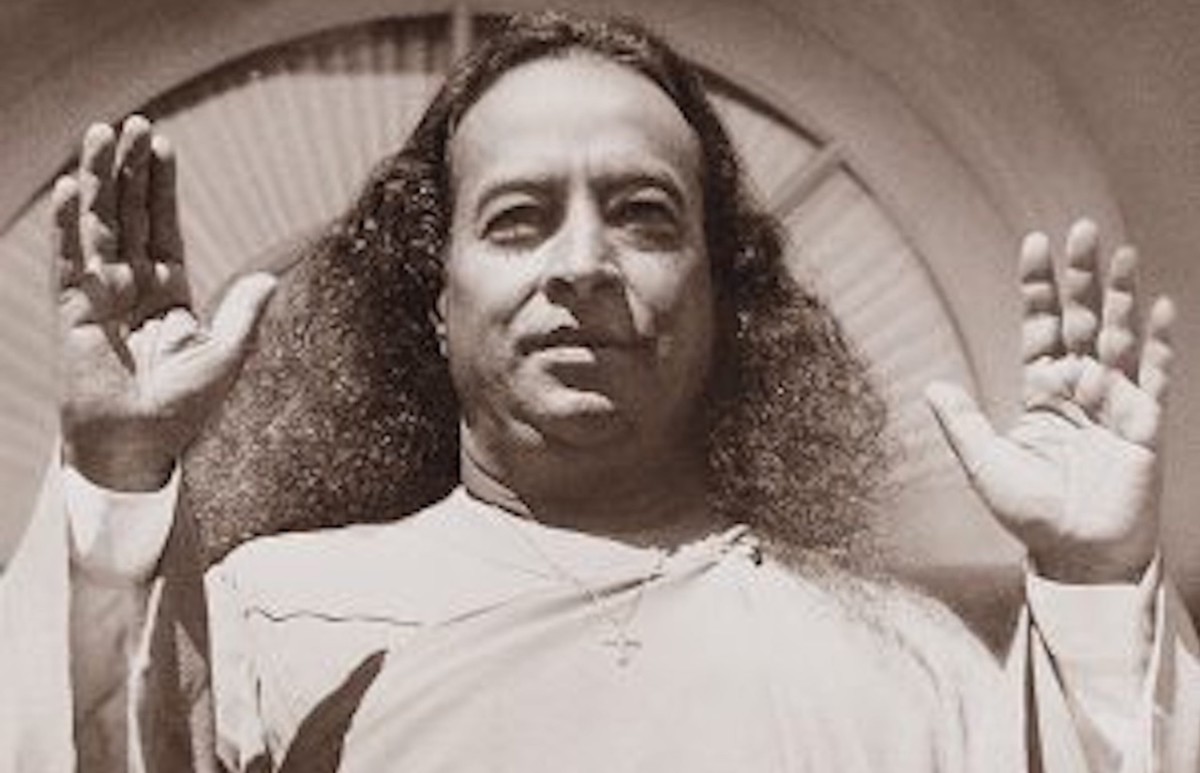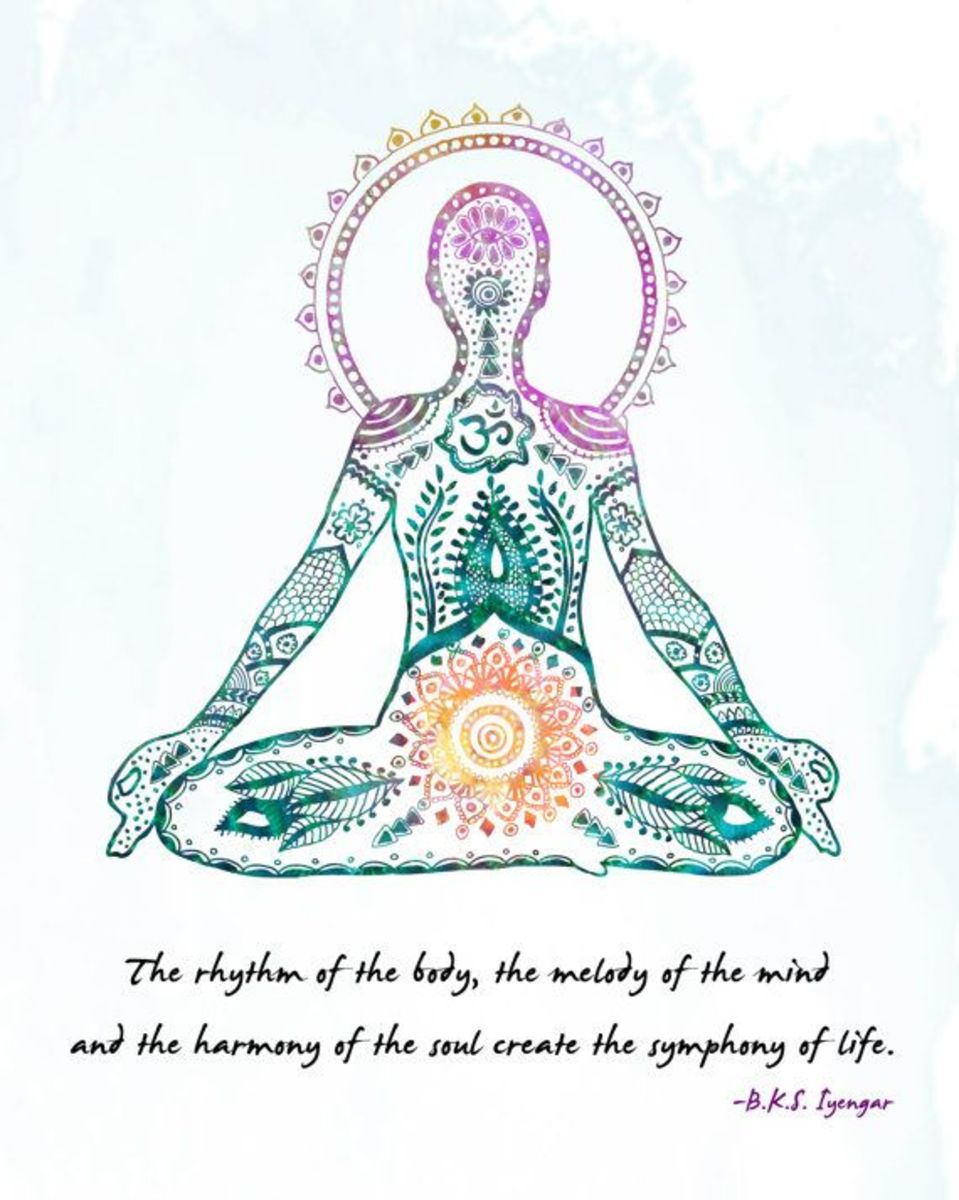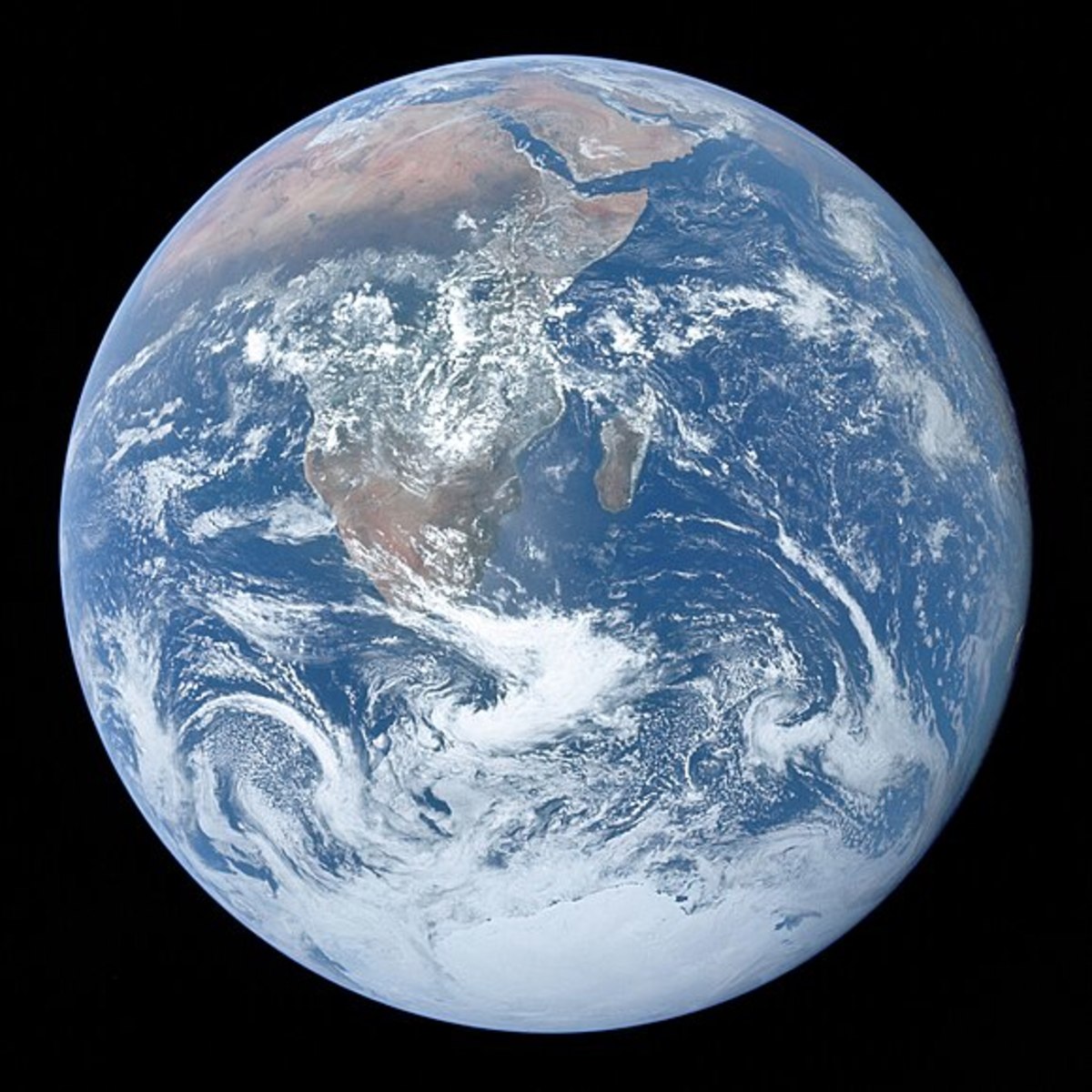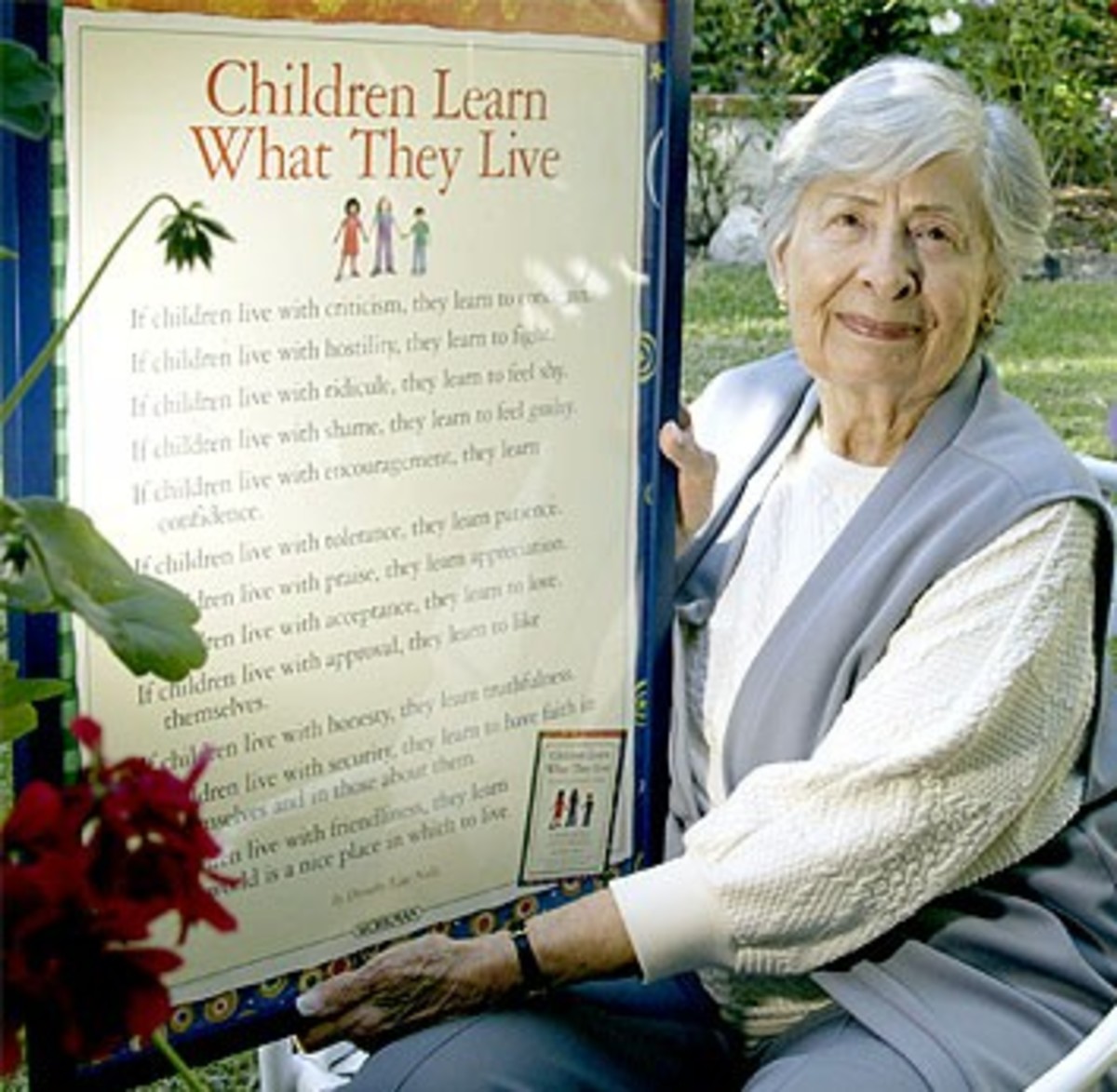Paramahansa Yogananda’s "Luther Burbank"

Introduction and Excerpt from "Luther Burbank"
Paramahansa Yogananda’s tribute to the famed horticulturist, Luther Burbank, dramatizes the exquisite relationship between the two unique representatives of Eastern and Western culture: the great yogi/spiritual leader from the East and the foremost scientist from the West.
The poem features eleven stanzas of varying lengths in scatter rime.
(Please note: Dr. Samuel Johnson introduced the form "rhyme" into English in the 18th century, mistakenly thinking that the term was a Greek derivative of "rythmos." Thus "rhyme" is an etymological error. For my explanation for using only the original form "rime," please see "Rime vs Rhyme: Dr. Samuel Johnson’s Error.")
Excerpt from "Luther Burbank"
Beatific Burbank!
The great reformer Luther, thou art,
Of living plants and flowers of every mood —
The tender ones, the stubborn-growing ones,
Or cactus rude.
(Please note: This poem appears in Paramahansa Yogananda's Songs of the Soul, published by Self-Realization Fellowship, Los Angeles, CA, 1983 and 2014 printings. A slightly different version of this commentary appears in my publication titled Commentaries on Paramahansa Yogananda’s Songs of the Soul.)
Commentary on "Luther Burbank"
The great Eastern yogi meets the great Western scientist, and they discover that they have much in common because of the love and pursuit of truth.
First Movement: Scientist as Reformer
The speaker begins by directly invoking the name of the one to whom he is offering the tribute; he indicates that Luther Burbank’s foremost quality is his saintliness. By referring to Burbank as "Beatific Burbank!" in a soulful exclamation, the speaker establishes the profundity of spirit that will guide the homage.
The speaker then reveals the nature of Burbank’s grand work; he has been a "great reformer"—not of people, as the yogi has been, but of "living plants and flowers."
The speaker discloses the truth that plants, like people, are conscious beings; they behave according to "moods," and they are variously "tender ones," and "stubborn-growing ones," as exemplified by the thorny "cactus rude."
Second Movement: Celebrating Experimentation
The speaker celebrates the experiment that led to the "spineless cactus," a product the great horticulturist was successful in developing through his deep understanding of the consciousness of the cactus.
Yogananda discusses the science behind this experiment in his Autobiography of a Yogi, his important book that he dedicated to Luther Burbank, calling him an "American Saint."
Before Burbank’s science intervened, the walnut tree took much longer to mature and produce nuts. Through the great scientist’s work, he was able to shorten that time by half and soften the shells in the process.
The speaker compares the horticulturist to a "God-grown mental lotus-flower." Burbank’s knowledge has disseminated "its supreme ways" and has mightily served humanity.
Third Movement: The Unity of Science and Love
The speaker avers that the scientist’s understanding and science-through-love allowed him to understand the work of the guru without explanation: "We had one goal, one task, one law: / By knowledge to break / The walls of dogma dark."
The two great minds were able to comprehend each other’s profound spirituality and goal of service. They found that their minds were like divers in a great sea of truth. They both eschewed "dread isms and dogmas."
They had no use for "all man-made false enigmas." The speaker playfully refers to the two unique souls as "outcasts": "We ‘outcasts’ know but one bright / Truth-made path of light."
Fourth Movement: Creating with the Creator
The speaker then lavishes praise on the accomplishments of the outstanding scientist who has "broken the dogma of ages." The work of Burbank "show[s] the world of wonder" and that "the Creator’s child [is] a creator" also.
And the esteemed American Saint demonstrated his God-given creativity by "creating new fruits, new plants."
Fifth Movement: Botanical Magic
The speaker concludes by extending a compliment to the town where Burbank lived and worked his botanical magic: "O Santa Rosa, thou art blessed / To have blown the perfume of this great flower / That all people of the earth enjoy its shower / Of scent so sweet."
The speaker avers that Burbank has the talent and skill to correct any "imperfect plant" that Nature makes.
And then he again addresses Burbank’s hometown in a final tribute to the master plant man: "Santa Rosa, thy Luther-flower the ages shall not fade; / In soil of memories shall it live, e’er fresh, / Through endless decades."

Related Paramahansa Yogananda Information
- Life Sketch of Paramahansa Yogananda: Father of Yoga in the West Paramahansa Yogananda is the monastic name of Mukunda Lal Ghosh. The sources for this brief life sketch of Paramahansa Yogananda are his Autobiography of a Yogi and the official Self-Realization Fellowship website.
Commentaries on Paramahansa Yogananda Poems
- Paramahansa Yogananda’s "Consecration" In the poem titled "Consecration," which opens Paramahansa Yogananda’s collection of spiritual poetry "Songs of the Soul," the speaker humbly consecrates his works to the Divine Creator. He also lovingly dedicates the collection to his earthly father.
- Paramahansa Yogananda's "The Garden of the New Year" In "The Garden of the New Year," the speaker celebrates the prospect of looking forward with enthusiastic preparation to live "life ideally!"
- Paramahansa Yogananda's "My Soul Is Marching On" This inspirational poem,"My Soul Is Marching On," offers a refrain which devotees can chant and feel uplifted in times of lagging interest or the dreaded spiritual dryness.
- Paramahansa Yogananda’s "When Will He Come?" How to stay motivated in pursuing the spiritual path remains a challenge. This poem, "When Will He Come?," dramatizes the key to meeting this spiritual challenge.
- Paramahansa Yogananda’s "Vanishing Bubbles" Worldly things are like bubbles in the sea; they mysteriously appear, prance around for a brief moment, and then are gone. This speaker dramatizes the bubbles’ brief sojourn but also reveals the solution for the minds and hearts left grieving for those natural phenomena that have vanished like those bubbles.
The Voice of Paramahansa Yogananda
This content is accurate and true to the best of the author’s knowledge and is not meant to substitute for formal and individualized advice from a qualified professional.
© 2025 Linda Sue Grimes

